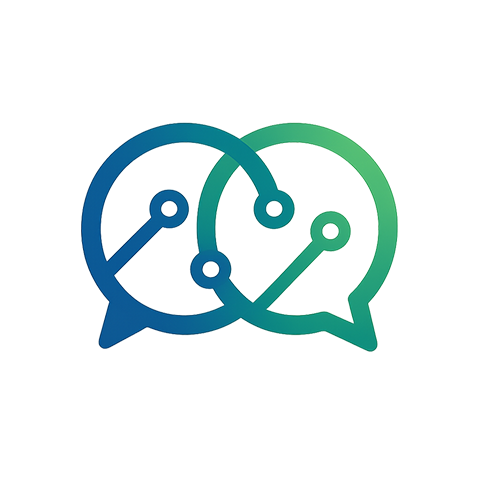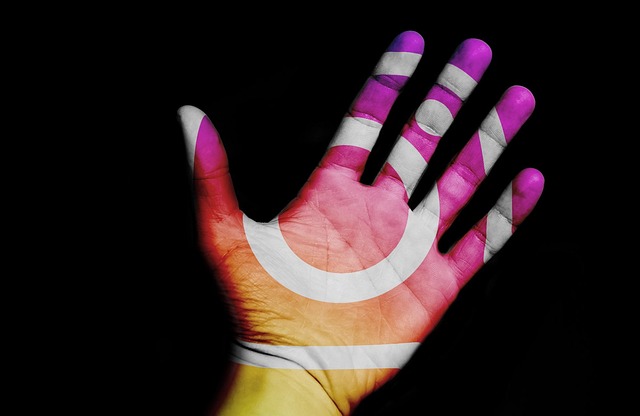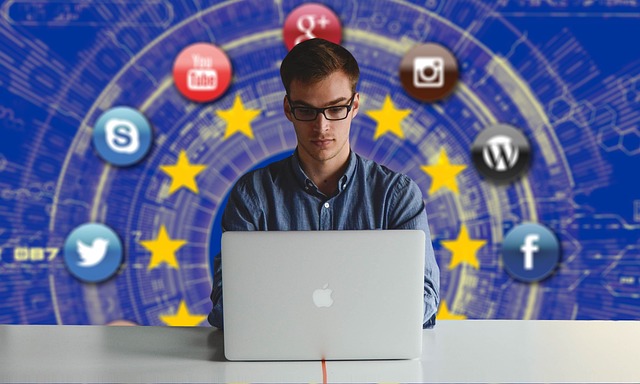The term infocommunication refers to the intricate interplay between information and communication technologies, especially as they evolve alongside human interaction. In our contemporary landscape, social media has emerged as a pivotal force, redefining how we share, consume, and understand information. This transformation has implications not just for users but also for society at large.
Over the past two decades, social media platforms have revolutionized the way we communicate. From platforms like Facebook and Twitter to newer entrants like TikTok and Instagram, these channels have created an unprecedented environment where information is shared in real-time. This immediacy has drastically attenuated the traditional gatekeeping role once held by newspapers and broadcasters. Now, anyone with an internet connection can disseminate news, thoughts, and multimedia content, making it crucial to discern credible sources from misinformation.
The impact of social media on infocommunication cannot be overstated. It has not only facilitated the rapid spread of information but also fostered communities where users engage in dialogue, share experiences, and mobilize around causes. Through hashtags, trends, and challenges, social media reflects a democratized form of communication – one driven by user-generated content and collective engagement. This represents a significant shift from the hierarchical flow of information we saw in traditional media.
However, this evolution comes with challenges. The virality of content often means that misinformation travels just as quickly as factual reporting. The rise of echo chambers, where users are fed information that aligns with their existing beliefs, underscores the need for critical media literacy. In an age of infocommunication, the ability to evaluate sources and engage with differing perspectives is more vital than ever.
Additionally, social media’s role extends beyond just information sharing; it’s also become a platform for shaping public opinion and cultural trends. Think about the impact of viral movements; campaigns such as #BlackLivesMatter or #MeToo have transcended beyond social media, sparking global conversations about race, gender, and justice. Here, we see infocommunication not merely as a technology-driven phenomenon, but as a powerful tool for social change.
As we navigate this new information landscape, we must recognize that social media is a double-edged sword. While it encourages greater participation in discourse and brings people together, it also demands greater responsibility from users. Educating ourselves on the nuances of infocommunication, being aware of cognitive biases, and striving for balanced discourse are essential steps in leveraging social media for positive outcomes.
In conclusion, the evolution of infocommunication, particularly through social media, is a testament to our era’s dynamic communication landscape. As we continue to adapt to these changes, it is imperative to embrace the opportunities while remaining vigilant about the challenges that come with such a powerful tool.



